“Let the region finance that extra growth”
Board president Robert-Jan Smits said recently that TU/e is prepared to grow, despite the fact that a limit of 13,000 students had been announced in the spring of 2021. However, extra growth is possible only under certain conditions, such as additional housing for extra students and staff members, and no increased work pressure. Cursor asked a number of scientists for their view on the matter. “Does the region want us to educate more students? Then let it take care of financing.”
Work and organizational psychologist and chief diversity officer Evangelia Demerouti believes that it’s partly TU/e’s social responsibility to educate (the number of) professionals that society needs. “At the same time, however, I agree with the conditions for further growth laid down by Executive Board president Smits: financing from the government, available housing and infrastructure, no extra work pressure, and it shouldn’t come at the expense of excellence.” In addition to those conditions, Demerouti would like to add a few of her own:
1. It’s essential that the university receives upfront funding from the government, instead of after students graduate, as is the case today. Don’t just focus on extra funding, but also on the moment of funding. That, too, is one of the conditions laid down by Smits, incidentally.
2. Growth should never lead to precarious labor agreements, i.e., temporary contracts with many teaching tasks. We need to maintain a healthy balance between teaching tasks and time for research.
3. It’s important to have a long-term planning that goes far beyond simply producing thousands of employees for the ASMLs of the region. What will happen to TU/e once the open vacancies within those organizations have been filled?
4. Further growth will no doubt lead to extra work pressure for staff members, which is why we need to have more coordination for each course. We need to scout and select new people, familiarize them with the organization, support their growth/development, etcetera.
5. TU/e’s infrastructure needs to be improved. We don’t have enough work spaces for this many groups, for example.
6. TU/e’s organizational processes need to be improved as well. We need faster decision-making processes, better management practices, more inclusion, etcetera.
Demerouti: “Apart from external preconditions, we need internal changes too.” She also believes that it’s important to focus specifically on diversity as the university continues to grow. “However, I expect that growth will have a positive effect on diversity. Inclusion, on the other hand, is something that we need to pay attention to.”
Professor in Systems and Control Maarten Steinbuch is a fervent advocate of growth for TU/e. “Doubling would be incredibly good for our university,” he says. “With more scale you get more research money, more international visibility, you can attract more top talent, it leads to more diversity, and you go up in the rankings. It’s a flywheel effect.” At the same time, Steinbuch fully agrees with Demerouti’s ideas.
Work pressure
Boudewijn van Dongen, professor in Process Analytics, also sees that society has a need for workers. “It’s undeniably true that society as a whole is in desperate need of highly skilled workers, and it’s our shared social task as universities to meet that demand. The fact that TU/e should lay down conditions is only reasonable, although I seriously doubt whether TU/e is in any position to actually say ‘no’ when those conditions aren’t met. Up until now, the university has mostly dealt with growth reactively, at least at Data Science (the program where he teaches, ed.).”
Van Dongen: “We would gladly cater to every interested student at Data Science. There’s no greater pleasure for a researcher than a curious student, but I seriously doubt TU/e’s capacity to recruit and retain the required personnel. Mathematics and Computer Science is one of the, if not the largest department at this point in terms of students and credits, but the workforce lags behind. We too are desperately searching for highly skilled personnel, and we too have difficulty convincing these workers to come to Eindhoven.”
Housing
Since the challenges of finding housing for (international) students will be so acute upcoming academic year, TU/e decided to send an email to internationals warning them not to come to Eindhoven unless they already managed to find an accommodation. Van Dongen: “But the problems of the region don’t just have an impact on students. Our PhD candidates and staff members too are finding it increasingly difficult to find an affordable place to live, especially since they have to compete with people who work in the Brainport region, who usually have a bit more money to spend. Once they start to work at the department, the work pressure turns out to be extremely high, especially at Data Science, while there happens to be a global shortage of academic personnel in this particular field. And so, the question becomes: why would a scientist from abroad choose to work in Eindhoven? What’s our department’s unique selling point at TU/e,” Van Dongen wonders.
ASML in the spotlight
People often point to ASML, both in a positive and a negative sense. Brainport owes a great deal of its success to this company, but the people who live in the region and feel that they don’t share in the profits, often suffer the consequences of the soaring housing prices, for which they blame the many expats with their lucrative salaries. Van Dongen: “The Brainport region plays a dual role in this discussion. Take ASML for example. It’s one of the biggest employers of our graduates, and it is extremely vocal in its call for more students. At the same time, it realized an annual net profit of 5.8 billion euros in 2021. If ASML would invest seven percent of its annual profit in TU/e, our budget would double. That would bring a ‘MIT by the Dommel,’ which the rector likes to refer to so much, much closer. The call for more students should go hand in hand, in my view, with direct financing from the Brainport region. Think of scholarship programs, financial support for student housing, or the direct financing of research, so that the fact that researchers won’t feel that much pressure anymore to attract external financing becomes our university’s unique selling point.” Since the region asks so emphatically for more workers, it could definitely make a larger contribution financially, Van Dongen believes.
“Smits mostly points to the government in his conditions, but I’m not convinced that the Brainport region features high on the government’s list of priorities,” Van Dongen says. “Therefore, I would like to put the ball in the region’s court: you want us to educate more students? Then you should finance that, since the government’s financing has reached the limit. Perhaps we could use the support of the Brainport region to turn the fourth flow of funds into the largest of the four.”
Cursor also asked several deans for their opinions, but they were momentarily indisposed and/or did not respond. The editorial board plans to publish a follow-up piece on this topic after the summer, in which the deans of the departments in particular will be given the opportunity to express their views. After all, they will face the most serious consequences: as it stands, in case of growth they will have to deliver first, before they receive the additional financing from the increased number of graduates.
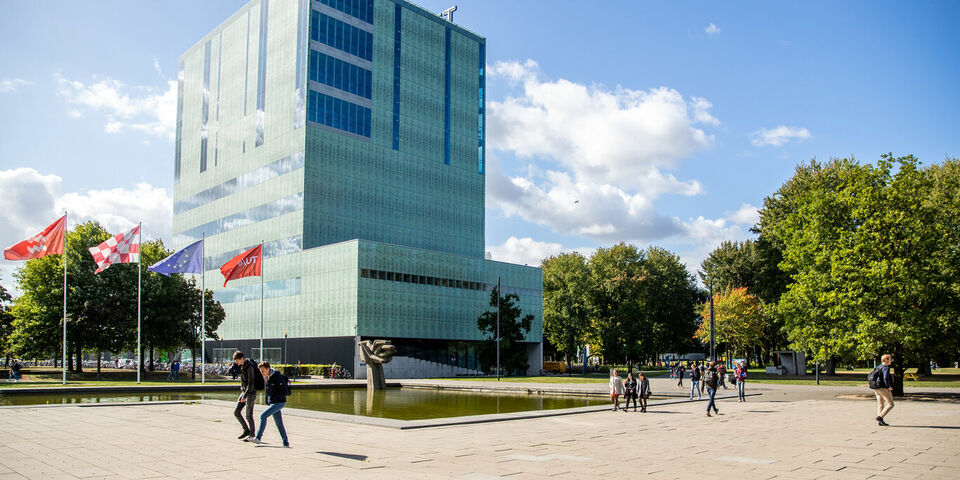

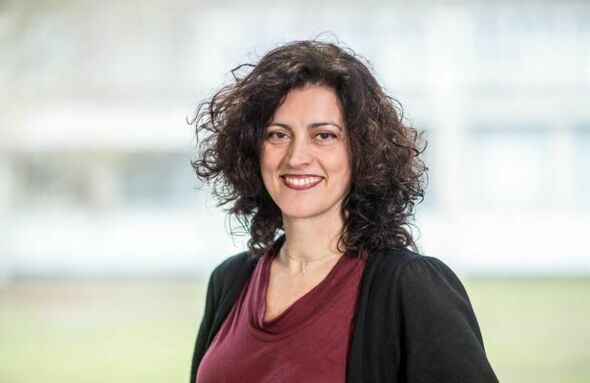
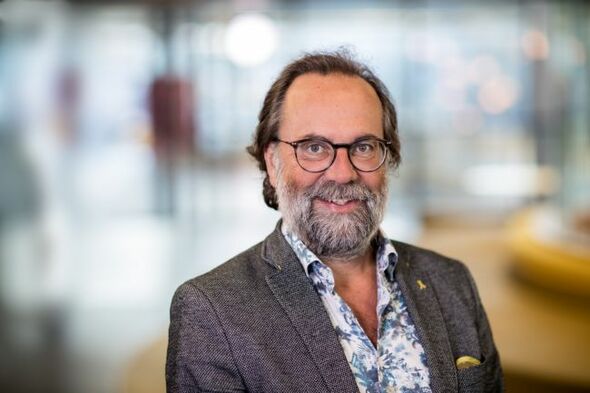
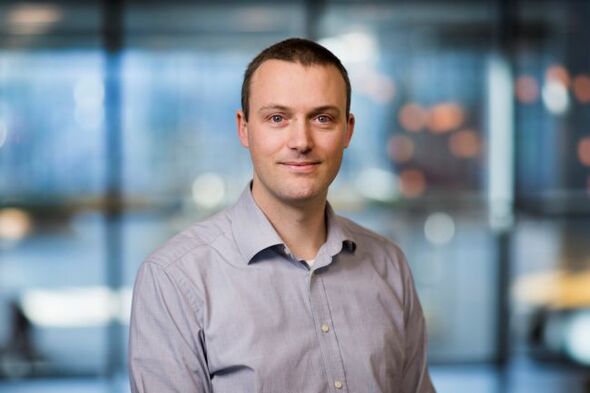
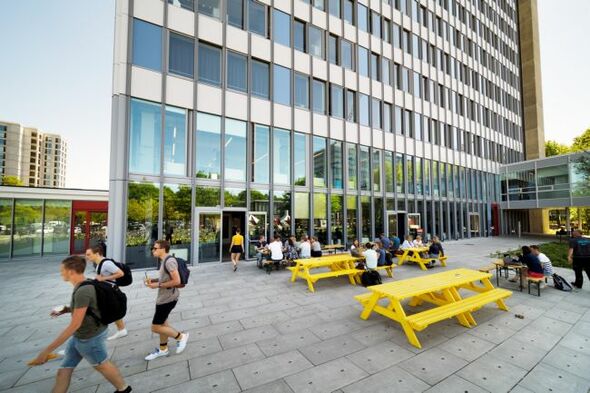
Discussion